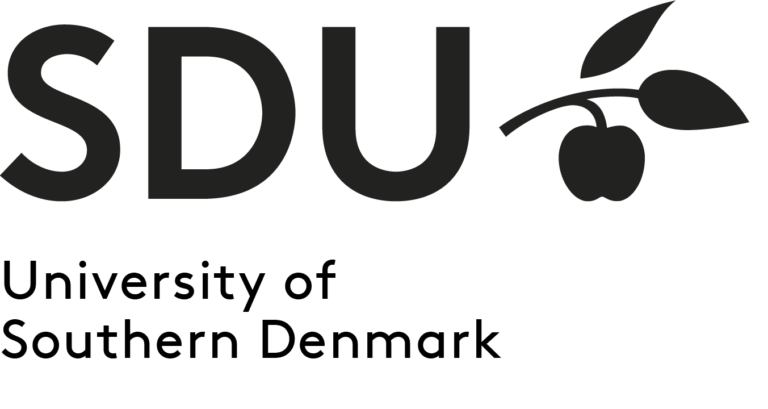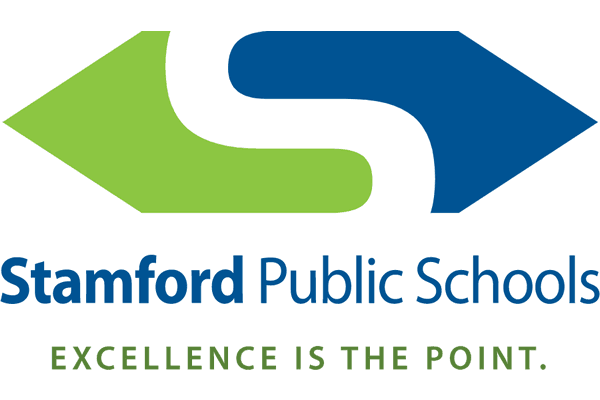Evidence-based Solutions to Widespread Writing Challenges
Researchers have demonstrated that Self-Regulated Strategy Development (SRSD) writing instruction is more effective than all other approaches to teaching writing. With SRSD, teachers empower students with proven, easy-to-follow writing strategies, going beyond traditional writing instruction to achieve significantly better results. By focusing on writing skills development and self-regulation, students learn to take ownership of their writing — gaining the confidence and independence to plan, organize, draft, and refine their work.
For more details, see: Graham, S., McKeown, D., Kiuhara, S., & Harris, K. R. (2012). A meta-analysis of writing instruction for students in the elementary grades. Journal of educational psychology, 104(4), 879- 896.

SRSD: Proven to be the Most Effective K-12 Writing Instruction
Evidence-based Writing Strategies
Our SRSD professional learning courses develop your skills by teaching you the explicit implementation of writing strategies paired with self-regulation. With our SRSD model, your students learn to actively plan, organize, draft, and refine their ideas to produce strong texts in all three genres (opinion, informative, and narrative). Peer review nurtures collaboration, while self-assessment helps students pinpoint areas for improvement.
Self-regulation and Social-Emotional Learning
When educators implement Self-Regulated Strategy Development to teach writing, their students experience remarkable transformations in motivation and ability in all three genres. This evidence-based writing strategy integrates social-emotional learning, cognitive-behavioral principles, and metacognitive strategies like positive self-talk, self-regulation, self-awareness, and critical thinking. Students will finally take control of the writing process and improve their overall academic performance.
Teachers Love SRSD Because Kids Love It!
From Frustration to Enthusiasm for Writing
Our no-fail writing environment ensures that all students, regardless of ability, learn to LOVE writing. Through small, manageable tasks and the gradual release of responsibility, students build confidence as they succeed at every step. SRSD transforms writing frustration into enthusiasm by empowering students to set clear goals and to self-regulate their progress. Teachers use direct explicit instruction and a gradual release of responsiblity as students take ownership of their writing. Realizing consistent success, students become more independent and excited about expressing their ideas across all genres.

"Of course I know how to write. Someone finally taught me how! I use POW and TREE. They are my buddies.”
Evidence-Based Writing Strategy That Administrators and Teachers Trust
Administrators, instructional coaches, and educators love how easy it is to learn and implement our clear instruction. We’ve distilled 40 years of writing research into intuitive online professional learning courses, classroom modeling videos, and ready-to-use lesson plans. Teachers value that SRSD is fully structured, reducing planning time and allowing them to focus on high-quality writing instruction. Administrators value vertical alignment, gains in student writing scores, and enhanced school credibility.

"From the first month of implementation, SRSD changed our school! The structured graphic organizers, fidelity checks, and clear steps have truly connected with all our students, especially those who struggled. My teachers are now more confident in their ability to teach writing.”
Self-Regulated Strategy Development for the Classroom

Dr. Karen Harris Believes Writing Matters
Dr. Karen Harris developed Self-Regulated Strategy Development for the classroom because writing is vital for students to thrive in academic and personal growth. SRSD Online faithfully adheres to her evidence-based research and principles to bring this writing process to teachers everywhere.

Steve Graham reviews all Writing Process Research
Dr. Steve Graham, eminent international writing authority, assesses global research on writing and presents his findings worldwide. His SRSD meta-analyses studies reveal exceptionally positive outcomes for SRSD, which he calls “over the moon!”
Highest Academic Accolades for Self-Regulated Strategy Development
“Strongest Evidence Rating”
INSTITUTE OF EDUCATION SCIENCES, INSTRUCTION US DOE What Works Clearinghouse










































